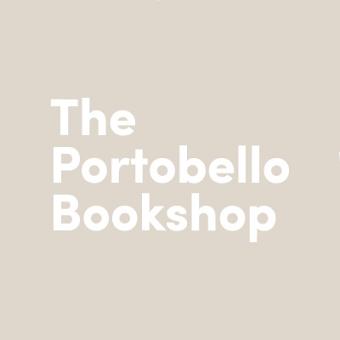Spontaneous Objects
A Natural History of Art and Its Others
Format:Hardback
Publisher:Pennsylvania State University Press
Publishing:17th Feb '26
£65.99
This title is due to be published on 17th February, and will be despatched as soon as possible.

In the late medieval and early modern periods, European artists, theorists, and natural philosophers imagined Nature not simply as a force of reproduction but as an artist in its own right—a creative power capable of generating images, artifacts, and objects of beauty. Tracing this idea from the fifteenth through early nineteenth centuries, Rebecca Zorach challenges assumptions about human artistic genius and intention that have long dominated histories of art and science.
With inspiration from new materialist theory, Zorach reclaims a largely disregarded undercurrent of historical thought about the powers of nature. Through case studies ranging from Renaissance centaurs and snails to Adam Smith’s beaver hat and Kant’s travelers’ tales, Zorach investigates how ideas about nature’s generative power unsettled conventional definitions of image, artifact, and artistic intention. At the same time, Zorach also confronts the violent legacies of a different vision of nature’s power: as European empires expanded, emerging natural philosophies contributed to global colonial imaginaries and racial hierarchies, reframing nature as a force to be classified, controlled, and exploited. In seeking to understand whether and how these views of nature cohere, Zorach excavates how the historical formation of the “human” and the “natural” depends on ideas about artistic production and artistic intention.
A significant contribution to art history, visual culture, and environmental humanities, Spontaneous Objectswill engage scholars interested in the intersections of art, science, theology, and colonial modernity.
“Rebecca Zorach is one of the most provocative scholars working today in the field of early modern art. Spontaneous Objects offers an irreverent feminist decoupling of the conjoined myths of ‘artistic genius’ and ‘artistic intentionality’ that continue to define certain sectors of the discipline. Along the way, Zorach paints a vivid portrait of a moment in which the boundaries between not only Art and Nature but also Art and Science were still fluid.”
—Maria H. Loh, author of Titian’s Touch: Art, Magic and Philosophy
“Drawing on a wealth of previously little-known visual and verbal sources, Zorach critically reassesses the complex history of European engagement with the natural, nonhuman world. While early modern writers and practitioners emphasized the generative power of matter, thereby decentering human agency, views of nonhuman nature were adopted simultaneously to justify exploitation and enslavement. This timely and foundational book reveals the diversity of premodern notions of nature and life and how these evolved into a racialized concept of modernity that sought to colonize and dominate nature.”
—Christine Göttler, author of Last Things: Art and the Religious Imagination in the Age of Reform
ISBN: 9780271100432
Dimensions: 254mm x 178mm x 27mm
Weight: 188g
286 pages